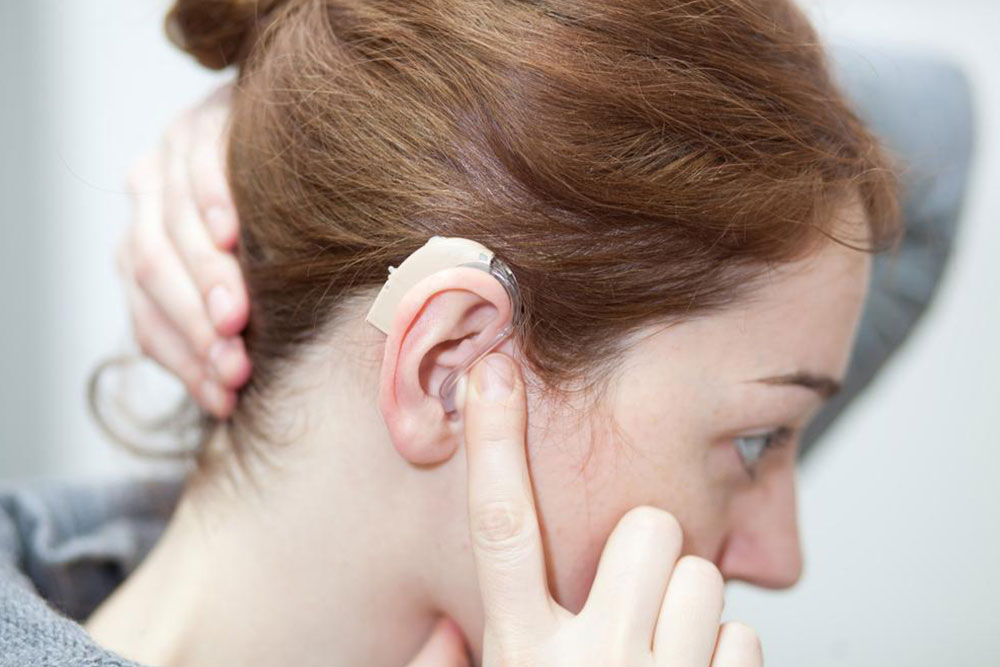Understanding Age-Related Hearing Loss: Key Facts and Management Tips
This article covers essential facts about age-related hearing loss, including its causes, common signs, and available management options. It highlights the importance of consulting ENT specialists for diagnosis and emphasizes the value of hearing aids and other tools in improving quality of life. Understand the risks, symptoms, and treatments to better manage hearing health as you age.

Understanding Age-Related Hearing Loss: Key Facts and Management Tips
Hearing decline linked to aging develops gradually, often starting with slight hearing difficulties. Over time, it can progress to complete deafness in advanced stages, affecting both ears equally. Because the process is slow, many individuals remain unaware of their condition initially.
This type of hearing loss can stem from various factors, including medical conditions impacting ear structures, nerve damage, reduced blood circulation, damage to tiny ear hairs, or altered speech processing in the brain.
Genetics, exposure to loud noises earlier in life, and certain medications like chemotherapy drugs can also contribute. Signs indicating possible hearing loss include difficulty hearing conversations, frequently asking people to repeat, frustration with hearing issues, confusion differentiating sounds like “s” and “the,” and discomfort in noisy environments.
To assess hearing health, visiting an ENT specialist is recommended. While there’s no cure for age-related hearing loss, treatment options aim to enhance hearing function, such as:
Using hearing aids
Learning sign language for profound deafness
Employing telephone amplifiers
Practicing lip reading
These approaches can significantly improve day-to-day communication and quality of life.
Note: The information provided here is for educational purposes only. It should not replace professional medical advice. Always consult healthcare professionals for diagnosis and treatment options.










